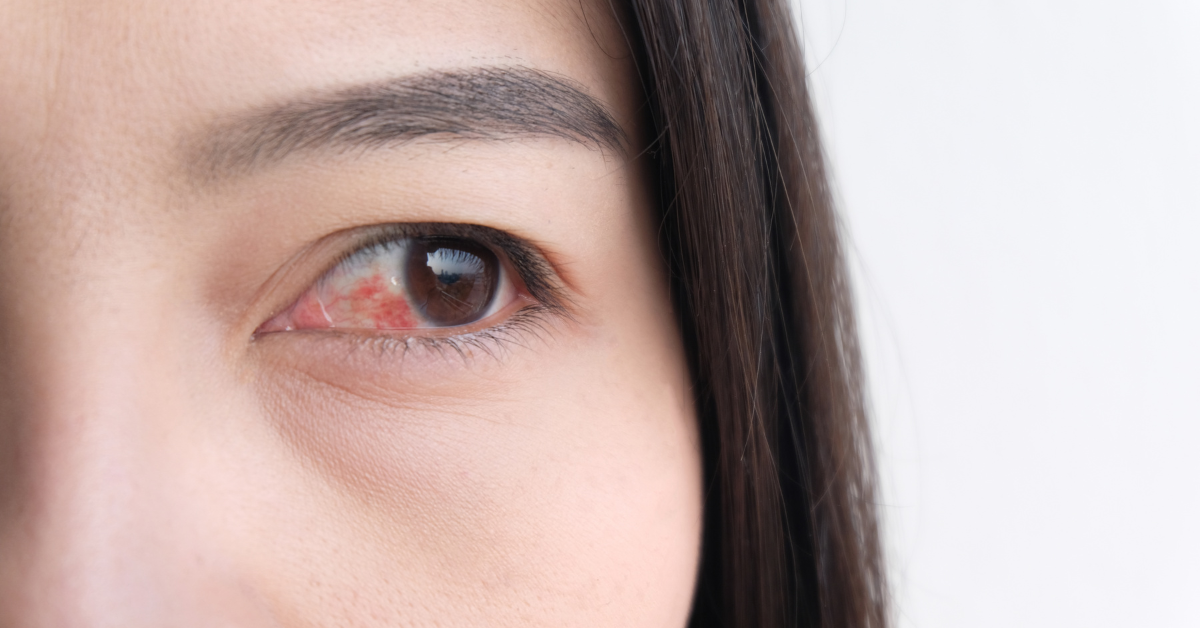All you need to know about conjunctivitis
Posted on
Have you ever woken up with a red, irritated, and crusty or sticky eye? You’ve likely experienced conjunctivitis, more commonly known as pink eye. This condition occurs when the conjunctiva (the clear tissue covering the white of your eye and the interior of your eyelids) becomes irritated by allergens or infection.
There are three main types of conjunctivitis: viral, bacterial and allergic. While non-contagious allergic conjunctivitis is caused by environmental irritants, viral and bacterial conjunctivitis can spread rapidly, especially in crowded environments such as schools and workplaces. All varieties of conjunctivitis cause redness, irritation and discharge. Discharge present in viral and allergic conjunctivitis tends to be waterier, while bacterial conjunctivitis can cause sticky, puss-like discharge.
Conjunctivitis is, of course, very uncomfortable and unpleasant to experience. Therefore, the best course of action is to take preventative measures against it. These can include:
- Only wiping your face and eyes with clean towels or tissues.
- Washing hands frequently, especially immediately before touching eyes for any reason.
- Avoiding touching your eyes altogether if possible.
- Never sharing eye makeup with others.
- Replace all products if you do develop conjunctivitis.
- Making sure to clean contact lenses exactly as directed by your ophthalmologist.
If you develop conjunctivitis, there are several remedies. Two simple ones to try are not wearing contact lenses or makeup to avoid further irritating the eye and using a warm compress to help ease the discomfort and loosen any crusted mucus. Viral pink eye will heal on its own, but an ophthalmologist may provide you with antibiotic eyedrops for bacterial infections. Allergic pink eye can be treated with allergy-specific eyedrops and medications. Most cases will resolve within 1-2 weeks, but you should always contact your eye care provider if you’re concerned!
